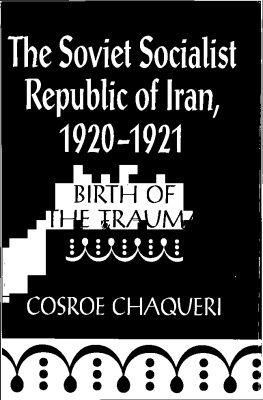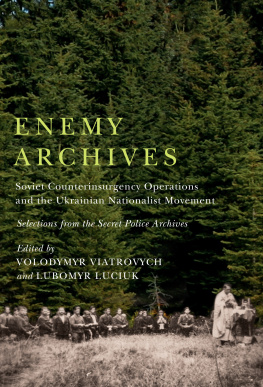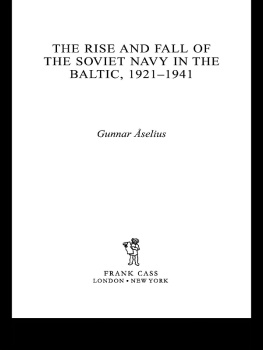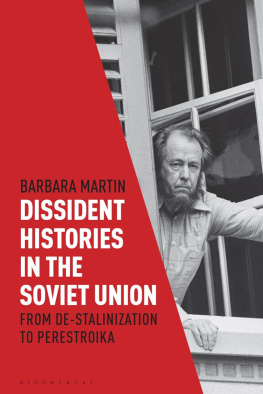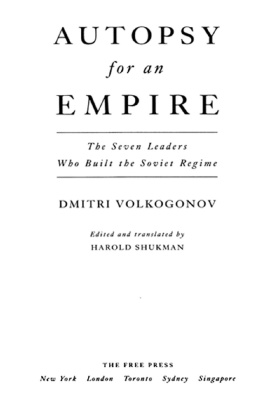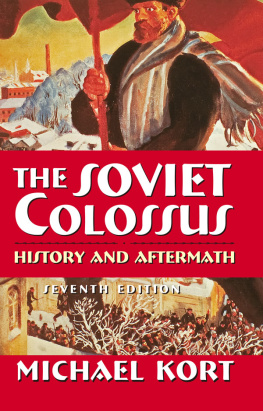Pitt Series in
Russian and East European Studies
The Soviet Socialist Republic of Iran, 1920-1921
Birth of the Trauma
Cosroe Chaqueri
University of Pittsburgh Press
Pittsburgh and London
Published by the University of Pittsburgh Press, Pittsburgh, Pa., 15260 Copyright 1995, University of Pittsburgh Press All rights reserved
Manufactured in the United States of America Printed on acid-free paper
Designed by Jane Tenenbaum
Library of Congress Cataloging-in-Publication Data
Chaqueri, Cosroe [Khosrow Shakeri]
The Soviet Socialist Republic of Iran, 1920-1921: birth of the trauma / Cosroe Chaqueri.
p. cm. (Pitt series in Russian and East European studies :
# 21 )
Includes bibliographical references and index.
ISBN 0-8229-3792-1 (alk. paper)
1. Gilan (Soviet republic) 2. IranHistory20th century.
3. MIrza Kuchak, Yunus, 1880 or 1-1921. 4. CommunismIran History. I. Series: Series in Russian and East European studies ; no. 21.
DS316.6.C48 1994
955.05'4dc20 93-46779
CIP
A CIP catalogue record for this book is available from the British Library. Eurospan, London
In memoriam
To the unknown bizarre young maiden who, standing on the deck of a ship at the Caspian, told a Frenchman that although she could not be a soldier among her brothers, she would fight for the revolution by enrolling in Kuchek Khans Jangali army.
To D. Ross, in gratitude
Few love to hear the sins they love to act.
Shakespeare
In the obscure history of political transformation of Persia much detail eludes the European observer. We can realize that this is inevitable by asking ourselves whether oriental observers would easily follow the vacillations of our internal politics. They would not retain but the most important and often the result rather than the points of departure.
Revue du Monde Musulman, 1914
Pravda v ogne ne gorit, i v vode ne tonet!
(Truth neither bums in fire, nor does it drown in water.)
Russian proverb
Contents
Foreword xi Preface xix Acknowledgments xxv
1 Introduction
2 The Caspian Coast
3 The Caspian Region and Irans Colonial Dysdevelopment
4 Kuchek Khan and the Development of the Jangali Movement
5 The Jangali Political Program and Structure
6 The New Jangali Dilemma
7 The Jangalis in the Eyes of Foreign Powers
8 The Bolshevik Diplomatic Offensive and the Advent of Iranian Communism
9 Resurgence of the Movement and the Landing of Soviet Troops in Northern Iran
10 Establishment of the Soviet Socialist Republic of Iran
11 An Unlikely Coalition
12 Gilan Under Communist Rule
13 Triangular Negotiations
14 The Persian Question in British Eastern Policy and the 1921 Coup dEtat
15 Two-Pronged Soviet Policy, Continued
16 Soviet Mediation, Revolutions Kiss of Death
17 Irans Liberation at the Crossroads of Neocolonialism and Socialism in One Country
18 Epilogue
Appendix Notes References Index
Foreword
Iran in the late nineteenth and early twentieth centuries had begun to undergo a process of fundamental change that would transform Iranian society and politics. A traditional system that had defined the position of the individual in society and had determined the nature of the allocation of values was being challenged. The willingness of individuals to acquiesce passively in decisions made by traditional authorities was no longer assured. Indeed, there was a growing inclination to question the ascriptive base of individual aspirations. Counterelites appeared, especially from within the religious and secular intelligentsia, who argued the case for a much broadened range for individual aspirations and wider participation in decision making, both at the local and at the state level.
At the same time another element of fundamental change was beginning to occur. There had long been in Iran a widespread awareness of an Iranian people and some consciousness of the real and mythical history of that people. But the vast majority of Iranians viewed their identity ultimately in parochial terms. The sense of who they were for most was defined largely in terms of small communities, such as the extended family, clan, or village, which had long defined the parameters of their daily lives and their experiences. However, by the late nineteenth century there was a predisposition among a small but rapidly growing section of the public to identify at a first degree of intensity with much larger communities. Most important of these in this early period was the Iranian national community. Indeed, state legitimacy began to be viewed in terms of how well the demands and aspirations of the national community were being met. Iran, in other words, was in the early stages of becoming a nation-state. Behavioral manifestations of the appearance of the Iranian nation-state paralleled generically those of European nationstates which had appeared a few generations earlier. But it is important to note that this was not a process of conscious imitation but rather a natural manifestation of common aspirations to achieve sovereign independence and to defend the dignity and security needs of the emerging Iranian nation-state.
Closely associated with these profound manifestations of change were demands for socioeconomic structural change. The system of land
ownership and the social and political importance of the large and medium-sized landowners were primary candidates for change. But change in the industrial and commercial institutional base in Iran was also advocated by those who argued for a more sensitive concern with social justice in the altered normative system of Iran.
Change in governmental and political institutions obviously would be necessary to accommodate the beginnings of an insistence on active public participation in the decisional process, in the drive for sovereign independence, and in the transformation of the prevailing normative system. But what should constitute the institutional base of a radically altered Iranian government and society? An answer to that question soon appeared from within the emerging counterelite that sought to advance and to give leadership to the change process. The answer was constitutionalism, and the movement that began to crystallize around this counterelite came to be called the constitutional movement. In 1906 the demands of the movement for a constitution were accepted. This was an astonishingly early success for a movement that had yet to embrace more than a narrow veneer of society. For an agonized five years, the movement struggled to keep alive the essence of the institutional change they had forced on a resisting and far from defeated traditional elite. They failed in this endeavor. The Iranian traditional order would be overturned, but the agents of change would not be these early advocates of a liberal individualism adapted to an Iranian nation that incorporated the peculiar genius of Iranian culture. Rather it would be, first, a Pahlavi dictatorship that came to rest on an acculturated parvenu and then a clerical dictatorship with universalist aspirations.
How important was the European impact on the process of change in Iran? It was only natural that those Iranians who were primary advocates of change should look to Europe, and particularly to France, for a model of the institutional transformation that would be required. The French Enlightenment was a call for a normative transformation that would move in the direction of change advocated by the emerging Iranian counterelite. But no greater mistake could be made than that of seeing change in Iran as a minor-league manifestation of the transformation that had been occurring in Europe. To view Iranian nationalism, for example (and as is so often done), as an imperfectly understood European import is to trivialize the concept of nationalism and to demean Iran. Nationalism is far better seen in terms of those behavioral patterns associated with the effort to achieve for a nation-state sovereign independence, security, and dignity. In this view, nationalism appears as a nonderivative, universal tendency at this moment in human history. The task of the historian of Iran who accepts this perspective is to describe nationalism within its Iranian context.
Next page
